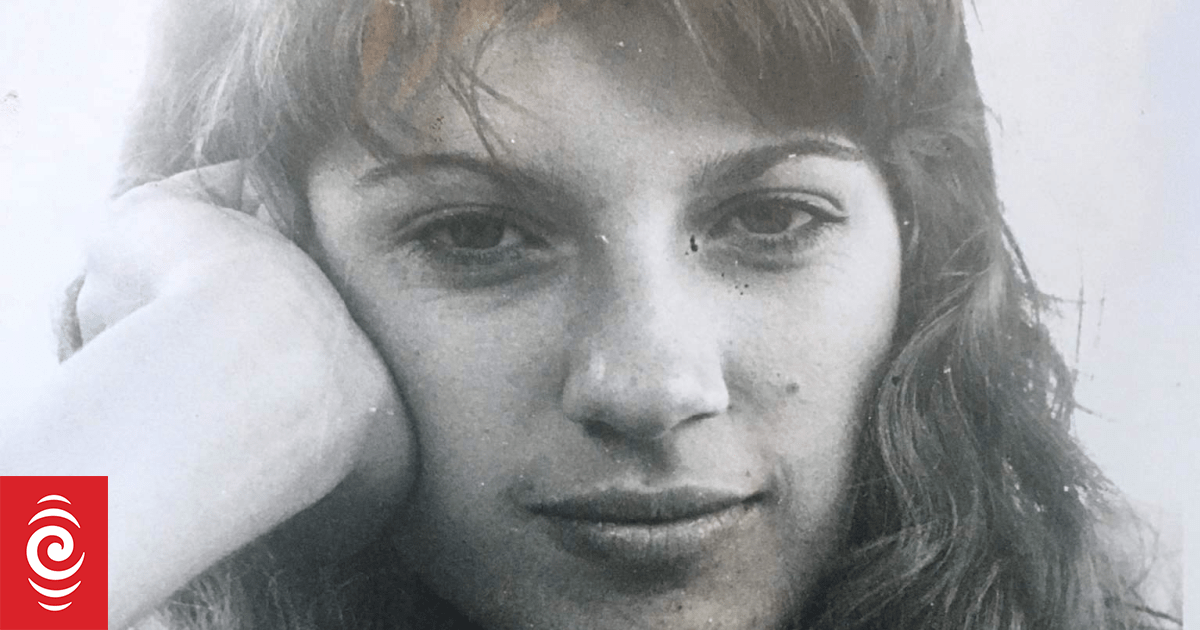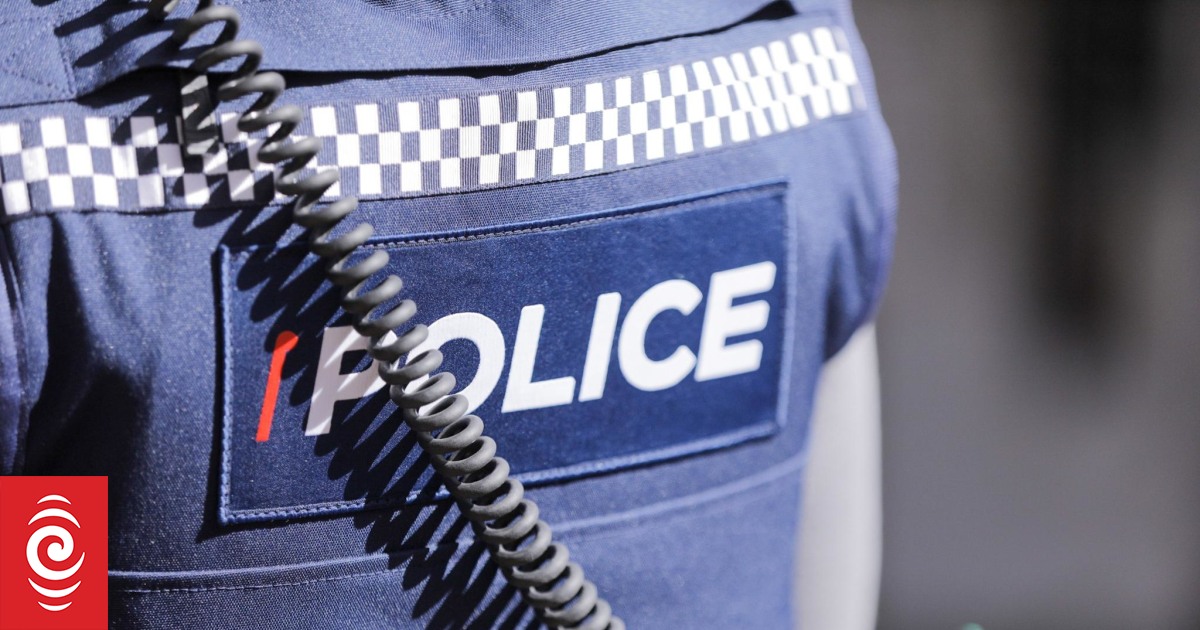
Jo Tucker, centre, with other South Hokianga residents and Northland MP Grant McCallum at Friday’s petition handover.
Photo: RNZ/ Peter de Graaf
A petition of more than 1100 signatures will be presented to Parliament urging St John not to replace its Rāwene-based ambulance with a smaller first response vehicle.
Northland MP Grant McCallum accepted the petition from members of the Hokianga community in Kaikohe on Friday morning.
The 1157 signatures were collected from 15 locations, including petrol stations, grocery stores and cafes, over a 10-day period.
Hokianga residents are concerned the smaller VW vehicle, with its lower wheelbase, won’t be able to handle Hokianga’s famously rough back roads.
And because it lacks a powered stretcher lift, they say the area’s sole volunteer ambulance officer will struggle to load heavy patients.
But Hato Hone St John says the newer VW vehicle has already been proven to be ideal for narrow windy roads in rural parts of New Zealand, and that there are inaccuracies in the petition.

A VW first response unit at Hokianga’s Rāwene’s St John ambulance station.
Photo: RNZ/ Peter de Graaf
McCallum said it was disappointing St John appeared to have made the decision without first discussing it with the local community.
“It’s blatantly obvious to me that we have a disconnect here. I think St John need to show leadership and sit down with the local community and work through the issues.”
McCallum said he also lived in a small, rural community, so he understood their concerns.
“Small, isolated, rural communities really feel these decisions more, and people get quite passionate – and they have every right to be, because when you are isolated you want to make sure you get the best services you can for your community.”

Jo Tucker, left, and St John volunteer Denis Orme centre, hand the 1157-signature petition to Northland MP Grant McCallum.
Photo: RNZ/ Peter de Graaf
Jo Tucker of Ōmāpere was among the residents who handed over the petition.
She said transporting patients of more than about 90kg would be difficult with the new ambulance, because the stretcher had to be lifted manually into the back of the vehicle.
Residents were also concerned about St John’s plans to remove the Lifepak, a portable device able to assess heart problems and transmit the information directly to the clinical desk at St John headquarters.
Tucker said that allowed for rapid, expert decisions about, for example, whether a rescue helicopter was needed.
She believed it was also an equity issue, because Hokianga residents paid the same for a St John subscription as people in Remuera, but they would receive a lower level of service.
“Once again the Hokianga misses out. We’re treated like Third World people and it’s not on.”
Tucker said the current ambulance had been used to carry out 1400 blood pressure and blood sugar checks over the past year, leading to 120 referrals for treatment or further tests with potentially life-saving results.
That would be difficult, if not impossible, with the smaller vehicle, she said.
St John operations manager for Te Tai Tokerau Northland, Ben Lockie, said the petition contained “various inaccuracies”.
He said the ageing ambulance currently based in Rāwene was a Mercedes van-style vehicle that had clocked up more than 500,000km.
St John planned to replace it with a VW first response unit vehicle, which was about three-quarters the size of the current ambulance.
The organisation already had a fleet of 50 such vehicles around the country, including in other areas known for challenging terrain such as East Cape, West Coast and the Central Plateau.
Lockie said the vehicles were well-suited to narrow, winding roads like those found in Northland.
While the VW first response units were not equipped with the Lifepak 15 monitor/defibrillator, they did have other clinical tools such as an automated external defibrillator and a three-lead ECG monitor.
Lockie said the current ambulance had essentially been functioning as a first response unit, so there would be no change in Rāwene’s level of service.
There would be no changes to the service at Kohukohu, on the other side of Hokianga harbour, during the transition.




